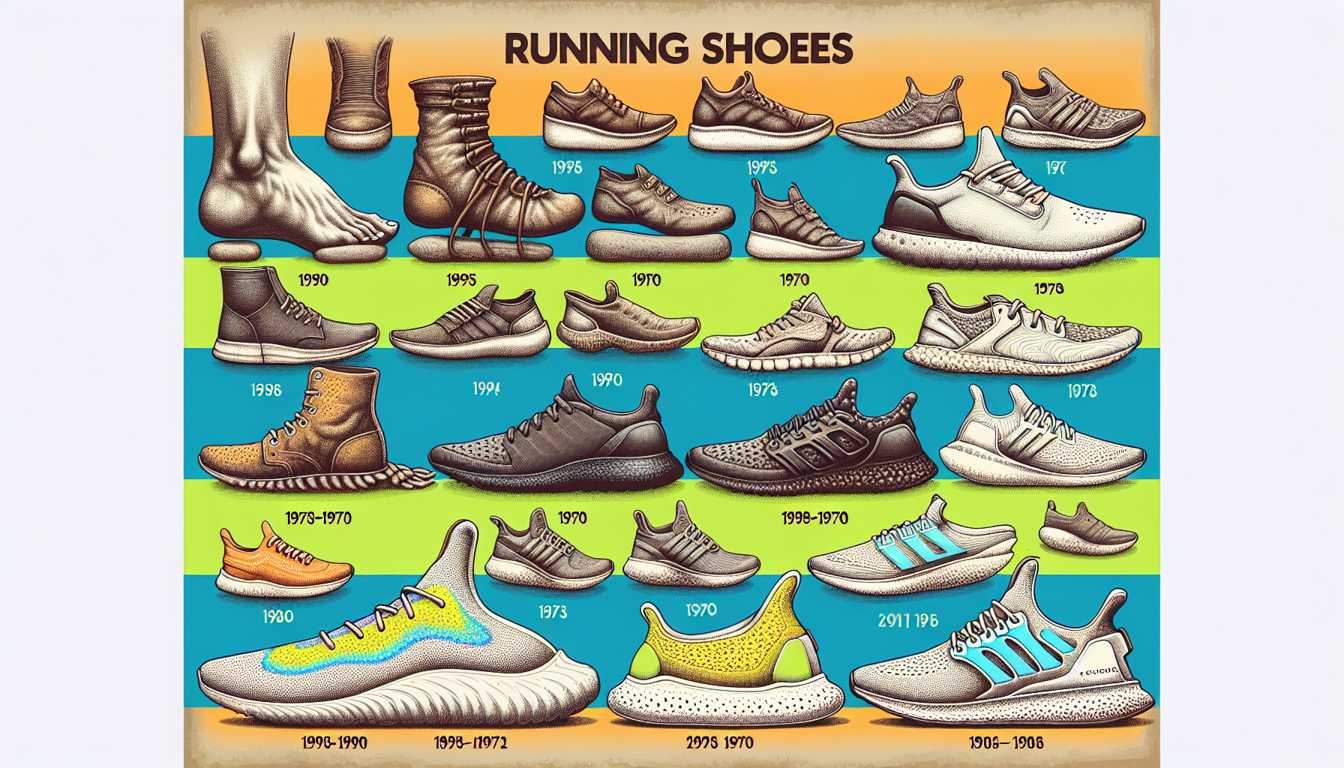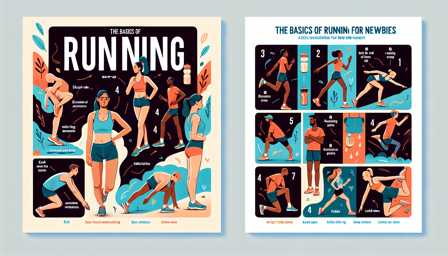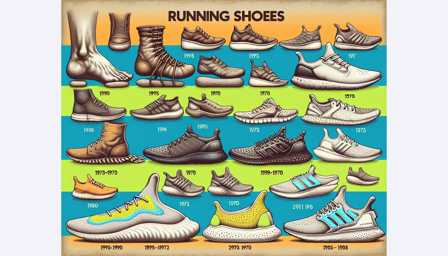
The Evolution of Running Shoes: Technology and Trends
Running shoes, a staple for athletes and casual runners alike, have undergone significant evolution over the past few decades. This transformation has been driven by technological advancements, changing fashion trends, and a deeper understanding of biomechanics and athlete needs. In this article, we explore the journey of running shoes from simple rubber soles to the high-tech footwear of today.
Early Days: The Foundation
The history of running shoes dates back to the early 20th century. Initially, these shoes were rudimentary, crafted with a simple rubber sole and canvas upper. The 1970s marked a significant turning point with the introduction of Nike's Waffle Trainer. This shoe, designed by co-founder Bill Bowerman, featured a unique waffle sole that provided better traction and durability. The Waffle Trainer revolutionized the concept of running shoes and set the stage for future innovations.
The Rise of Technology and Specialization
In the 1980s and 1990s, running shoes started to incorporate more advanced technology. Brands like Asics introduced gel cushioning (GEL technology), enhancing shock absorption and comfort. Adidas jumped in with the Torsion system, which allowed for natural movement of the foot. These technologies were not just gimmicks; they were responses to a growing understanding of biomechanics and the need for injury prevention in running.
The Era of Customization
As we moved into the 21st century, customization and personalization became key. With the advent of advanced computer modeling and biomechanical analysis, companies could create shoes tailored to individual running styles and foot shapes. Nike’s Flyknit technology, introduced in 2012, exemplified this trend, offering a lightweight, form-fitting shoe that felt like a second skin.
Sustainable Running Shoes
Sustainability emerged as a major trend in the 2010s. Brands began focusing on eco-friendly materials and production processes. Adidas, for instance, launched the Ultraboost Uncaged Parley, a shoe made from recycled ocean plastic. This shift was not only environmentally conscious but also responded to a growing consumer demand for sustainable products.
The Influence of Fashion
Running shoes have also been significantly influenced by fashion trends. The rise of "sneaker culture" in the 2000s saw running shoes transcending athletic use, becoming a staple in everyday casual wear. This crossover led to collaborations between sports brands and fashion designers, such as the Nike Air Max series, which became iconic both on and off the track.
Latest Advancements: Smart Shoes and Beyond
The most recent development in running shoe technology is the integration of digital technology. Smart shoes equipped with sensors provide runners with data on their stride, pace, and more, allowing for a highly personalized running experience. The Nike Vaporfly 4%, launched in 2017, epitomized the latest in shoe technology with its "ZoomX" foam and carbon fiber plate, aiming to increase efficiency and speed.
Conclusion
The evolution of running shoes reflects a journey of technological advancement, fashion influence, and a growing awareness of environmental sustainability. From simple designs focused purely on function to today's high-tech, fashion-forward, and eco-conscious shoes, running footwear has continually adapted to the needs and desires of runners. As technology advances, we can only expect this evolution to continue, bringing even more innovation to the world of running shoes.


